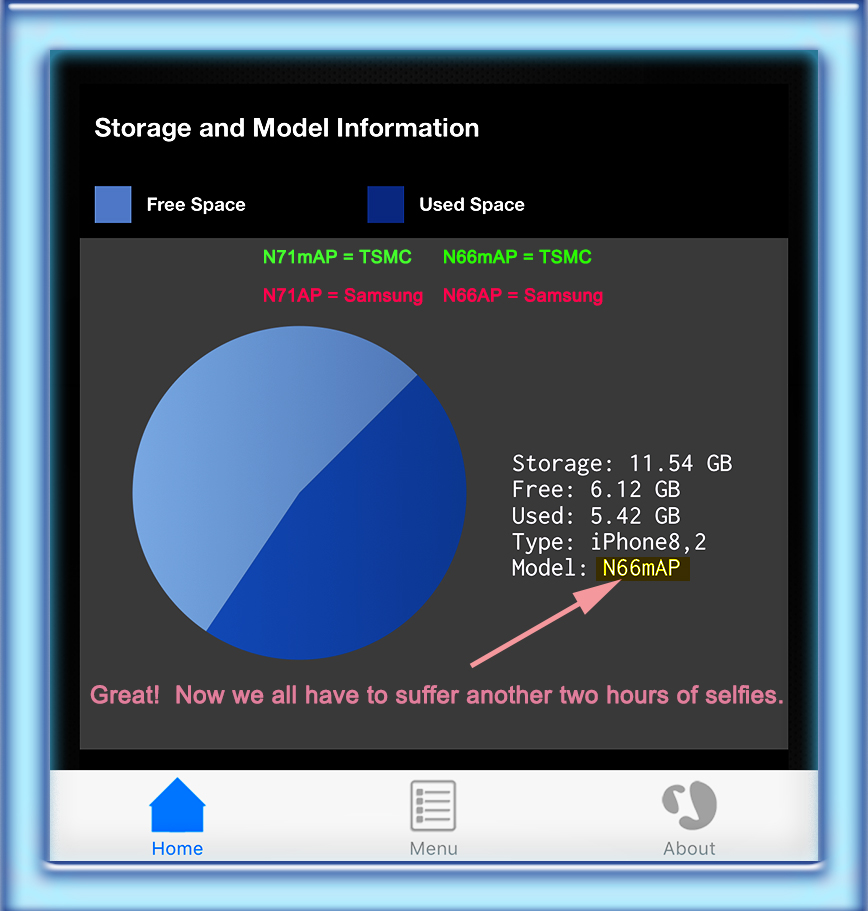Whose Chip are You?
It would be most refreshing if, for once, the public’s ingestion of a major technological gadget wasn’t abruptly followed by an acrid after-taste of controversy. Unfortunately, once a company has evolved to the stage where its market dominance borders dangerously on the tyrannical and the only thing capable of preventing it from crossing that boundary is it’s own “moral judgement” and the US government, vociferous criticism at some point after the fact is as inevitable as a fictional Steve Jobs biopic. The challenge for the humble consumer lies in separating the tactical propaganda originating from ambitious commercial rivals and their staunchest advocates from legitimate complaints.
Our Golden Delicious demagogue has for decades proven a traditional cause of bitterly divided opinion. Thus, it came as little surprise when the iPhone 6s failed to escape negative scrutiny, though on this occasion, the backlash left less of a bend and more of a blackout.
Such was Apple’s lust for dominance and understandable desperation to meet demand that they were compelled to commandeer two silicone super-giants, TSMC and Samsung to do their “binning”, incurring a frosty reception from legions of emerald and ruby clad gamers, whose noble enablers were forced into line behind whom many feared may ultimately doom them all to a life of miserable conformity.
Quite apart from that, though the two resulting dual core A9 processors possessed identical specifications, there was one crucial area in which their performance differed. TSMC’s chip, which was fabricated using a 16nm process, was verified in a variety of controlled experiments to extend battery life by up to 28% over Samsung’s 14nm variant, a figure delivered by the “Geekbench” test, which Apple promptly claimed was designed to simulate workloads that did not accurately replicate typical usage. Every other benchmark revealed minor or negligible discrepancies.
All I knew was that my decidedly “rosy” 6s Plus, which would see me comfortably from dawn till dusk with hours to spare, roundly humbled my weathered and weary 4s, which barely outlasted a pedal and a pod-cast. Nevertheless, I was curious to discover whether or not I had drawn the short chip and mercifully, the method was straightforward.
A free app entitled LiriumLite could be used to delve down into the phone’s DNA and recover the relevant information. Eagerly, I dashed into the app store, searched for, downloaded, installed and immediately opened up this mysterious and inquisitive utility to check my handset’s model number.
Having committed it to memory I force swiped my way back to Safari and re-Googled the news story. To my dismay but a familiar sense of resignation thanks to a childhood of sliding down snakes and landing on Mayfair, it appeared I had been saddled with the lesser sibling but for the curious pleasure of one more melancholy sigh, I decided to double check.

In my initial haste I had failed to notice the lower case “m”
Following that pleasant revelation, 16 lousy gigabytes no longer seemed like short change and my terminally pessimistic nature was placed on temporary….sorry I think I need to recharge.




